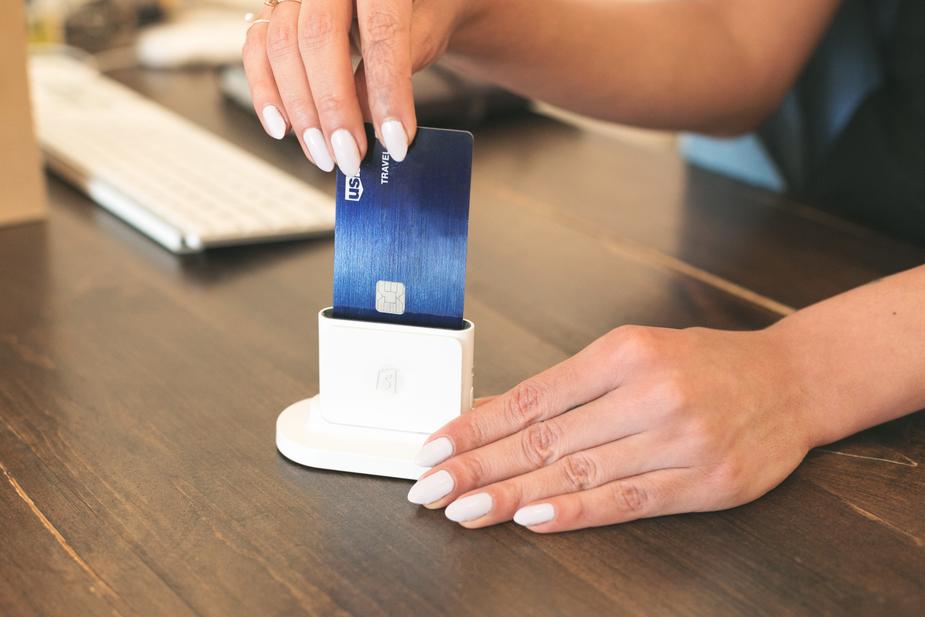Editor’s Note: Thanks to Victoria Sullivan of Payability for this guest post on product financing.
If you’re launching a new product, you’re likely going to need financing to cover the investment. But which type of financing is right for your business? To help you understand the lending landscape and choose a funding option that will generate a solid ROI, we put together the following guide of five ways to finance your next big product launch.
Part I: How business financing works
Before diving in to your financing options, it’s important to understand how business financing generally works. Let’s take a look:
- A note on banks: Going to your bank to discuss financing seems like a no-brainer, but did you know that their processes can take weeks or months? Not to mention, approval rates for small and online businesses are very low. Banks are more comfortable lending to large, established businesses that have physical locations/storefronts, and they require credit checks and seemingly endless paperwork as part of the application process. On the flip side, dollar amounts are large (sometimes reaching seven or more figures), payment terms are long (we’re talking years to decades), and interest rates are among the lowest.
- Alternative lenders: Over the last 10+ years, alternative lenders (also known as online lenders) have emerged to make it easier for small and online businesses to get financing. Their processes are simple, fast and paperless, and you could get funds in as fast as one business day. Dollar amounts usually range from $5,000-$250,000 and terms typically range from 3-36 months. But because you’re using a premium service, interest rates are higher than banks.
- Paperwork: If you use a lender that requires paperwork as part of their application, expect to share personal and business financial statements, your business plan, tax returns, bank statements, and more.
- Collateral: Financing is either secured or unsecured, which means you may or may not have to put up a personal asset as collateral (for example, your house). When it’s secured, the lender can repossess your collateral if you don’t pay back the loan. When it’s unsecured, lenders can’t repossess anything if you don’t pay it back, but your credit score will suffer.
All this to say, as you’re thinking about where to start your search, think about how much you need, how soon you need funds, how much time you’re willing to devote to the process as well as your comfort level providing collateral.
Part II: Financing options for your product launch
Here are five financing options commonly used for product launches:
1. Line of credit
A line of credit is an amount of money that a bank, alternative lender, or other financial institution essentially sets aside for you to use as you need it. It’s more like a just-in-case bank account, and less like a loan (more on those below).
For example, if you get a $100,000 line of credit, you won’t get a large deposit of $100,000 into your business bank account. Instead, you’ll be able to draw from that pool of $100,000 in whatever amount you need, whenever you need it. You might have to pay an initiation fee to open the line and, in most cases, you’ll pay a recurring fee to keep it open (whether that fee is monthly, quarterly, or annually depends on the issuer, but typically it’s based on the unused amount). On top of fees, you’ll pay interest on the amount that you withdraw. As you pay it back, the balance replenishes.
2. Purchase order financing
Purchase order financing (PO financing) refers to funding that covers the cost of getting inventory to fulfill a customer’s purchase order. When you use PO financing, the issuer will pay your supplier directly, your customer then pays your issuer, and the issuer then gives you the proceeds less interest and/or fees. In some cases, the issuer providing the PO financing will transact directly with your customer (i.e. the department store chain or retailer), rather than just being the receiving entity. Note that PO financing is NOT the same as invoice financing — PO financing is used on orders that you have not yet billed/invoiced your customers for.
The amount of PO financing you get can be up to 100% of the cost of fulfilling an order, but in most cases, it’s less than that, which means you’ll need to have some of your own funds to contribute. Fees typically range from 1.5% to 6% per month, which is more expensive than a bank or SBA loan. While PO financing can be easier to get than a bank loan, for example, there is still a delay in funding — sometimes one to two weeks. So if you need funds immediately, it may not be your best option.
3. Term loan
A term loan is a fixed amount of money that you pay back over a certain amount of time. Issued by banks, alternative lenders, and other financial institutions, term loans can range from as little as $5,000 to as high as seven-plus figures. Payment terms vary as well. Banks typically offer longer terms (sometimes 20 years or more depending on the loan amount), while alternative lenders have shorter payback terms (usually 3-36 months).
4. Credit cards
Credit cards are another option for your new product launch, but you’ll want to think over these important considerations:
- Credit limit: All credit cards have spending limits, and yours might not be large enough to cover your costs.
- Compounding interest: If you’re not able to make payments on time, you’ll be responsible for interest charges that can quickly add up. You could wind up in a never-ending cycle of debt that costs you a lot of money.
- Manufacturer restrictions: Not all manufacturers accept credit cards, especially those overseas. Foreign transactions just aren’t always set up for them, so be sure to find this out before you open a new card or try to increase your existing spending limit.
5. Payability
Another option to consider is Payability, a financing company designed specifically for marketplace sellers. Whether you need a large lump sum of cash to make a big investment, want daily cash flow to keep up with everyday expenses, or want access to your Amazon income in real-time (including on weekends and holidays), Payability has you covered.
With Payability Instant Access, you get paid daily and in-real time. Payability essentially buys your Amazon income at the end of each business day and gives you 80% of the balance the next business day (the rest is kept on temporary hold to cover returns or chargebacks). With Payability Instant Advance, Payability buys a certain amount of your future receivables upfront and at a discount, giving you a large lump sum of cash.
You could use both products together — Instant Advance to cover large investments in your new product and Instant Access to keep your daily operations running smoothly — or opt for one. And if you want to access your Amazon income 24/7/365, including on weekends and holidays, you can use the Seller Card.
Approval is based on your e-commerce sales performance and account health, not credit. So there are never any credit checks and get you can get the funding you need in 24 hours just based on your Amazon, Walmart, Jet, Tophatter, Newegg, eBay, Etsy and/or Shopify sales.
Since 2016, thousands of marketplace sellers have used Payability to invest in inventory, launch new products and grow their businesses. You could be one of them. Visit go.payability.com/PickFu to see how your new product launch can be your most successful one yet.




